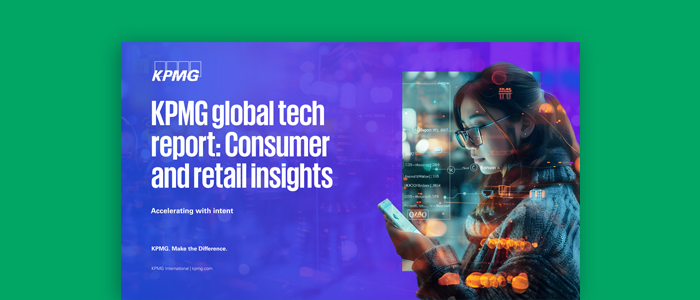Talking about a recession isn’t always enjoyable. But in order to maintain success in the face of economic challenges, a change in strategy and mentality is unavoidably necessary. A recession, which is officially defined as a time of a considerable fall in economic activity, has a direct impact on marketing.
B2B marketers have a difficult time seeing a slump since sales cycles can go on for many months without any obvious changes. However, when entire sectors fail, B2C and D2C marketers might feel it more immediately.
Also Read: How Social Selling is Redefining B2B Sales Success
In this post, we’ll examine how a potential recession would affect B2B marketers and the critical elements to consider when navigating this environment.
How Did B2B Marketers Deal Last Recession?
According to history, as a result of nations going into national debt default and needing bailouts from the European Union, these nations used austerity measures to pay off their debts. Brands that committed to advertising and marketing initiatives when faced with a possible slump rebounded and recovered more quickly than those who elected to draw back.
What Do B2B Buyers Want Now?
One important factor that sets this probable recession apart from previous is COVID-19. The recent worldwide epidemic has irrevocably changed the full range of consumer and corporate choices. We will thus need to negotiate significant changes in the landscape and behavior of B2B buyers.
Offer Personalized Experiences
Buyers in the B2B space need individualized interactions that are catered to their needs, much like consumers do when making D2C purchases. To get you started on the customizing process, Kibo Commerce offers the following case studies:
- Utilize tiered pricing and product recommendations to upsell
- Utilize visual predictive search, give results a priority, and establish rules to constrain results
- Improve the experience for your high-value clients
Make the Move to Video
Oracle claims that B2B marketers are moving towards video. Compared to 14% of their B2C peers, 26% said that video editing software will be a priority investment in the upcoming years.
So, What Should Marketers Do?
- B2C Will Experience It First: Aim to be updated on B2C market developments. Have sales started to decline if retail customers are your target market? Have admissions fallen if higher education is your main focus? Additionally, take in mind that some businesses, like the healthcare sector, have less volatile trends and may not always provide clear-cut signs.
- Traditional personas will be less relevant: According to a thorough Harvard Business Review research on how to sell in a downturn market, conventional marketing personas lost significance during the 2009 crisis. This is a crucial realization. A more thorough and strategic strategy will be produced through psychological segmentation. It considers customers’ emotional responses. In the end, the strain of our own daily lives might also influence how we make decisions in trying circumstances.
- Test, test, and keep testing: A recession is the ideal moment to do some tiny A/B tests so you can iterate as the market changes and ride the wave rather than waiting for your audience’s behaviour to remain unchanged.
- Do not stop your marketing efforts: Unfortunately, marketing (and SEO) is frequently viewed as “costs” rather than essential pipeline components and are therefore susceptible to being sacrificed in order to save money. This irresponsible budget decrease might do real harm by lowering awareness, stalling the pipeline, and eventually harming the health of the company.
Time to get ready. Most of the tactics covered in this article will need some amount of planning and preparation to be effective. Don’t wait for the numbers to fall before implementing.
Tags:
B2B MarketingAuthor - Vaishnavi K V
Vaishnavi is an exceptionally self-motivated person with more than 5 years of expertise in producing news stories, blogs, and content marketing pieces. She uses strong language, and an accurate and flexible writing style. She is passionate about learning new subjects, has a talent for creating original material, and the ability to produce polished and appealing writing for diverse clients.
-
White PaperOpenText
The Peril and Promise of Generative AI in Application Security
-
White PaperWTWH Media
Tech Toolbox Machine Design for Packaging
-
GuideAmazon Web Services
Accelerating Generative AI Innovation: A Comprehensive Guide for Public Sector Leaders
-
ReportKPMG
Global Tech Report: Consumer and Retail Insights
-
ReportLenovo
Reinventing Workplace Productivity
-
GuideIBM
Put AI to Work: Finance








